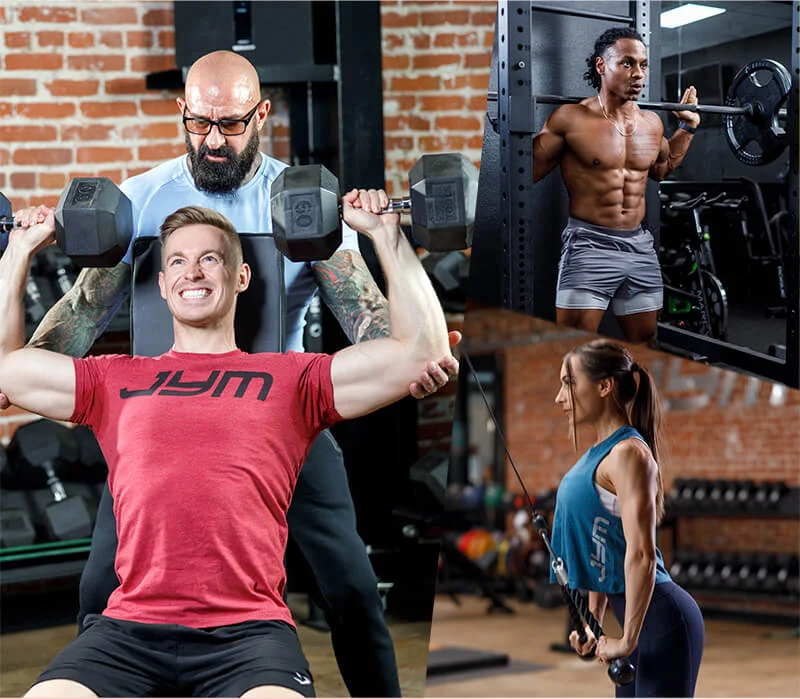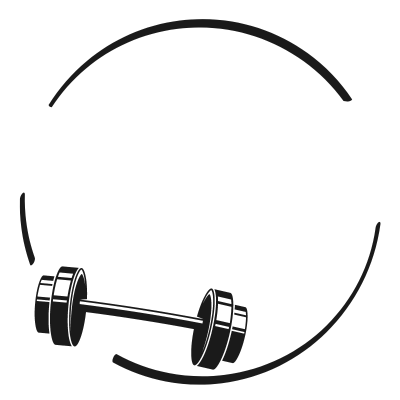Staying committed to your workouts is only half the battle—what you eat before and after training plays a huge role in how you feel and the results you see. That’s where a solid workout meal planner makes all the difference.
A workout meal planner isn’t just for professional athletes or bodybuilders. It’s a smart tool for anyone who wants to fuel their body properly, recover faster, and perform better—whether you’re lifting weights, doing HIIT, running, or just trying to get in better shape.
Why a Workout Meal Planner Matters
You’ve probably heard the saying, “You can’t out-train a bad diet.” It’s true. What you eat affects your energy levels, your muscle growth, your fat loss, and even your mood. Planning your meals around your workouts helps you stay consistent, make better food choices, and avoid last-minute unhealthy grabs.
A proper workout meal planner helps you:
Stay energized throughout your workout
Recover faster with fewer aches
Build and maintain muscle
Avoid unwanted weight gain
Save time and reduce food waste
It’s not about eating “perfectly”—it’s about eating smart.
Key Components of a Great Workout Meal Plan
Here’s what you should keep in mind when building your meal planner:
1. Pre-Workout Nutrition
Your body needs fuel to perform. Aim to eat 1–2 hours before your workout.
Carbs: Provide energy (think oats, whole grains, fruit)
Protein: Supports muscles (try Greek yogurt, eggs, or a shake)
Hydration: Always start hydrated!
Example: A banana with almond butter + a boiled egg
2. Post-Workout Nutrition
Recovery is key. Within an hour of your workout, focus on:
Protein: Helps rebuild muscle
Carbs: Replenishes glycogen stores
Fluids: Replace what you lost in sweat
Example: Grilled chicken, brown rice, and steamed veggies or a protein smoothie with fruit and oats
3. Balanced Daily Meals
Outside of your workout window, your meals should support your overall goals:
Healthy fats (avocado, nuts, olive oil)
Lean protein (chicken, tofu, fish)
Fiber-rich carbs (quinoa, sweet potatoes, legumes)
Lots of veggies and water
Tips for Making It Work
Meal prep ahead of time: Cook proteins and grains in bulk
Keep it simple: You don’t need fancy recipes—stick to the basics
Track what works: Notice how your body responds and tweak as needed
Stay hydrated: Water matters more than you think
Listen to your body: Eat when you’re hungry, not out of routine alone
Your Fitness Journey Starts in the Kitchen
Exercise is important—but food is fuel. When you take time to plan meals that support your workout routine, you’ll notice more energy, better results, and a more confident you.
Need Help Building a Workout Meal Planner That Works for YOU?
Everyone’s goals and lifestyles are different. If you want to take the guesswork out of planning meals for your workouts, let’s talk.
Reach out today to get a personalized workout meal planner that’s realistic, enjoyable, and results-driven. Your goals deserve a plan that works.






